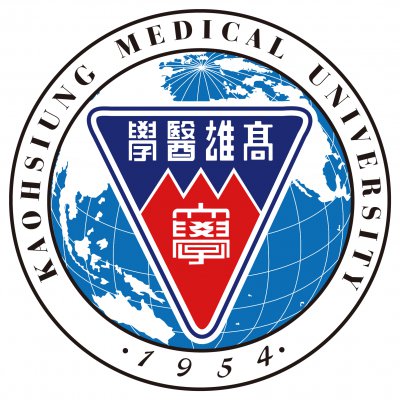
Kaohsiung Medical University
Kaohsiung Medical University was founded in 1954. It has been devoted to the cultivation of clinical and research talent in relevant medical, pharmaceutical, and bio-technological fields. KMU has 5 related Hospital. The biomedical service platform includes pharmaceutical trial, animal trial and clinical trial. Students graduated from the University are engaged in important works both domestically and internationally in the field of public medical care and contribute greatly to Taiwan's medical development. To work with medical industry closely, KMU establish Office for Operation of Industry and University Cooperation as one-stop service.
Kaohsiung Medical University| Automatic Blepharoptosis Detection System
Solution Description
Blepharoptosis refers to the weakening or loss of the Levator muscle of the upper eyelids or Muller's muscle function, resulting in the pupil (iris) being covered by the eyelid, thereby affecting the visual field and appearance. The conventional ptosis assessment is considered a subjective, unreliable, and invalid method as a manual measurement and evaluation of various parameters are performed by doctors using a measuring ruler. Hence, it is difficult to judge and evaluate the benefits of diagnosis and treatment before and after surgery.
The Automatic Blepharoptosis Detection System (ABDS) is an automated image measurement equipment featuring clinical objectivity, accuracy, and consistency. It can accurately detect and record all kinds of blepharoptosis parameters, as listed below, that helps doctors to assess the severity of blepharoptosis, and further determine the treatment method. ABDS provides objective information when applying for health insurance benefits. It can also be used as a convenient tool for face-to-face communication with patients and their family members. The most important is that ABDS establish a standard procedure for diagnosis and treatment of blepharoptosis.

Download
Solutions
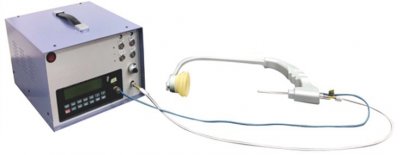

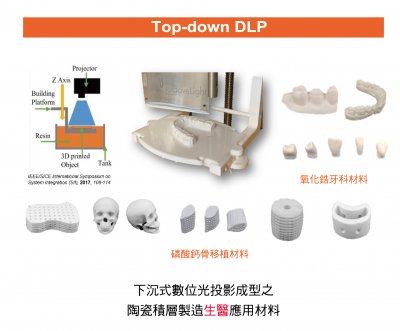



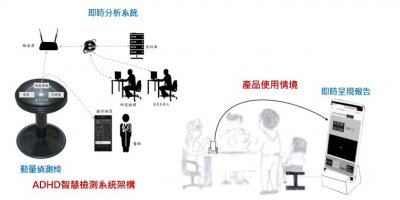



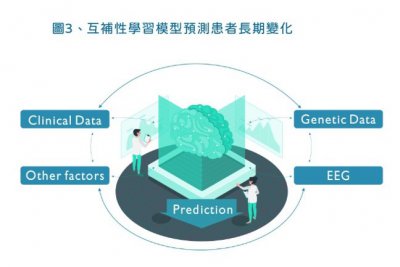

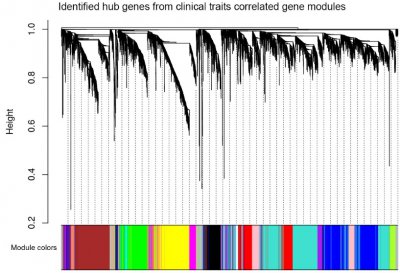

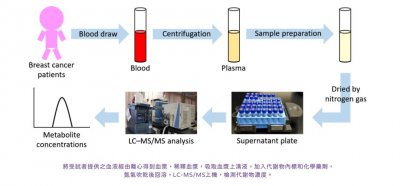




 、Firefox
、Firefox  、Edge
、Edge  瀏覽器!
瀏覽器!